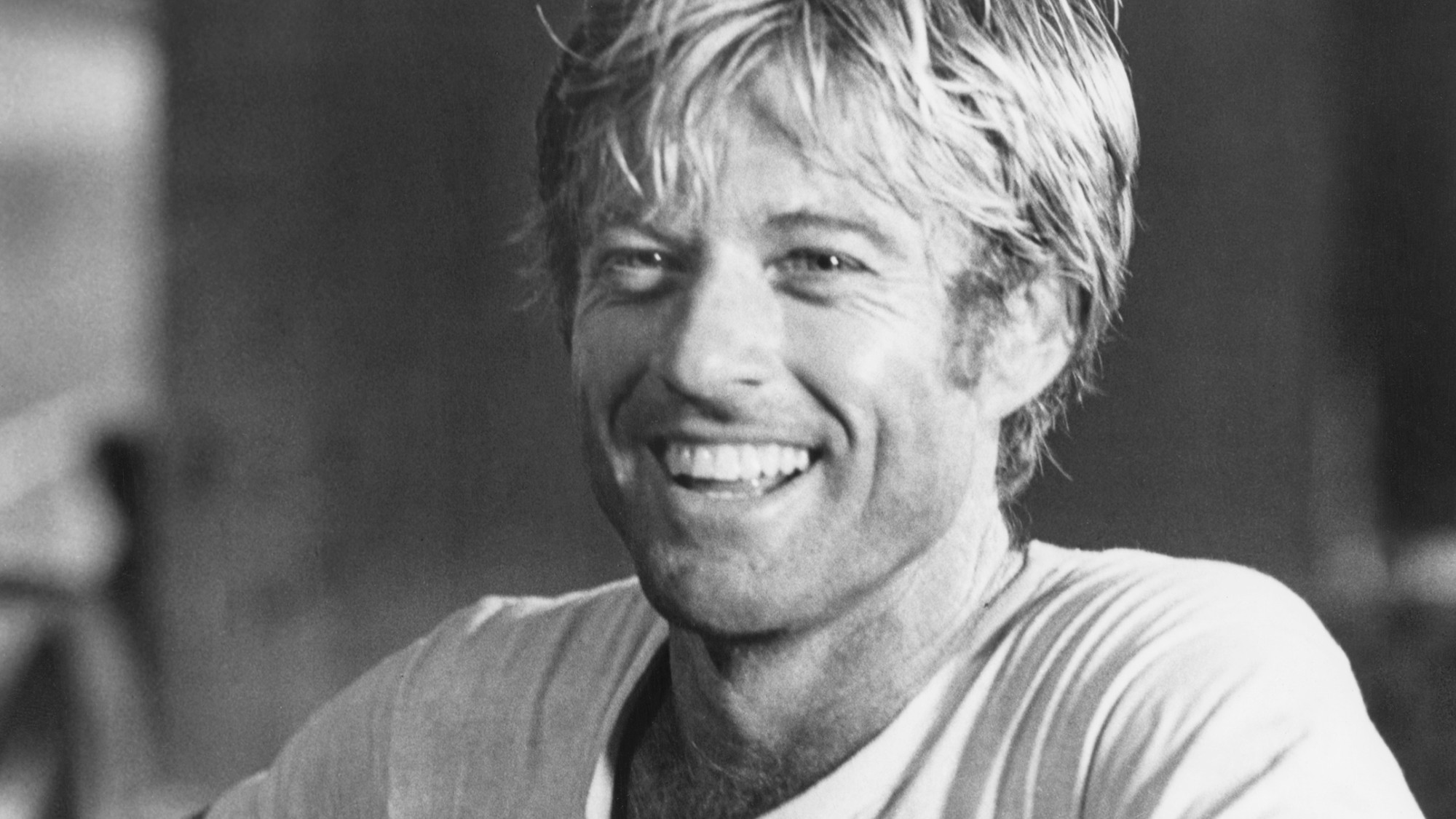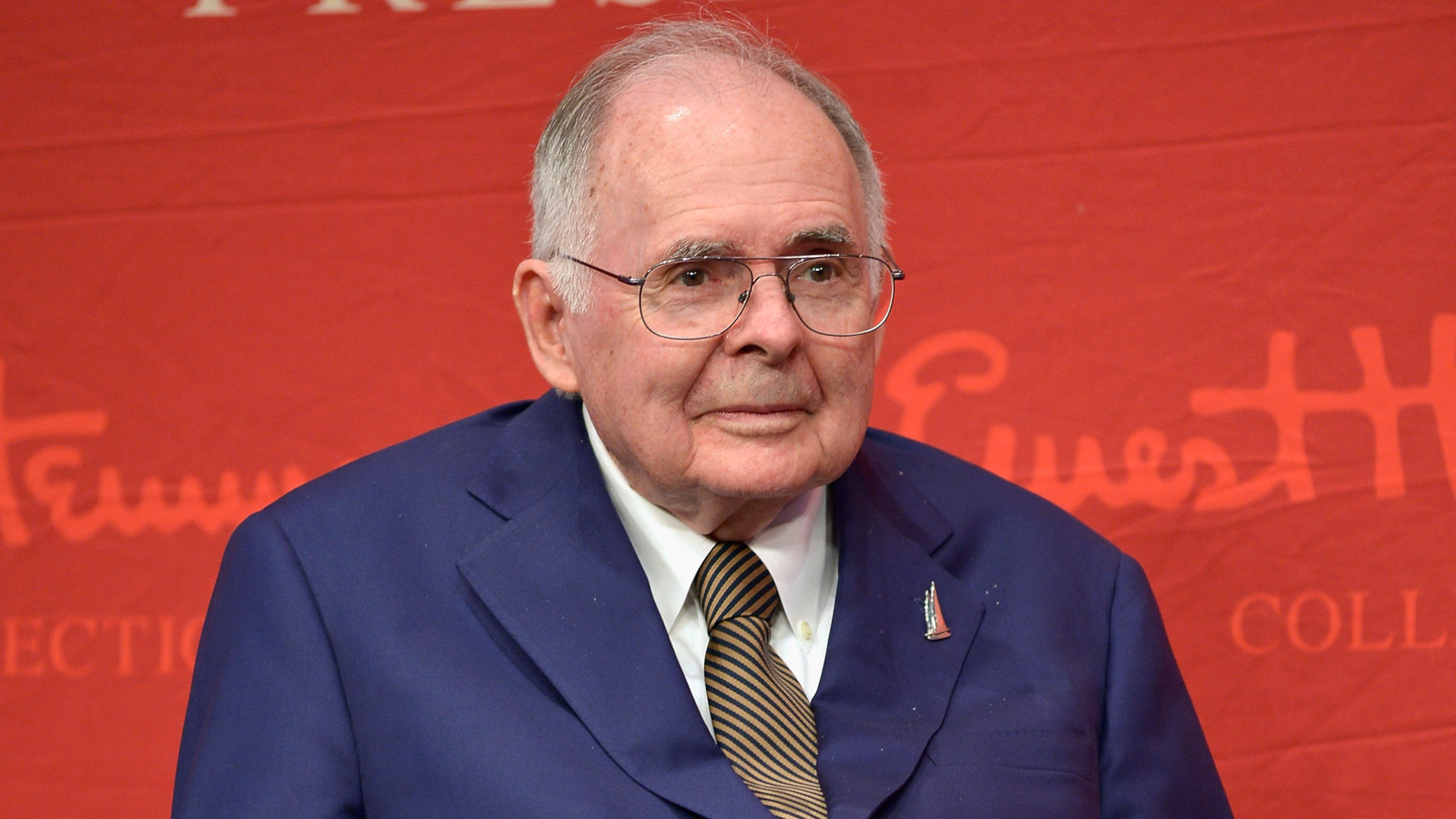Betty Garrett, 1919–2011
The musical-comedy star scarred by the Hollywood blacklist
Just as Betty Garrett appeared to be hitting her professional stride, her career skidded to a halt. Garrett enjoyed a triumphant 1949, with three well-reviewed roles in MGM musicals. She played a baseball fan with a crush on Frank Sinatra in Take Me Out to the Ballgame, an amorous cabdriver who again pursues Sinatra in On the Town, and a man-hungry scatterbrain who pants after Red Skelton in Neptune’s Daughter. But in 1951, her husband, actor Larry Parks, appeared before the House Un-American Activities Committee, where he admitted having been a member of the Communist Party in the 1940s. Parks and Garrett landed on Hollywood’s unofficial blacklist, and parts dried up. “It was a dark period,” she said years later. “It destroyed a lot of lives.” Once blacklisted, Garrett and Parks made the best of their exile, touring for two decades in “summer stock and other theaters where they could perform together,” said The New York Times.
Born in St. Joseph, Mo., Garrett showed a talent for singing and dancing from an early age. After her father’s death, Garrett moved with her mother to New York City. She landed her first Broadway role in Orson Welles’s production of Danton’s Death.
In 1973, producer Norman Lear revived Garrett’s career by casting her as Irene Lorenzo, Archie Bunker’s liberal neighbor in All in the Family, said the Associated Press. She also played a landlady in Laverne and Shirley, and appeared on Broadway from time to time. Until her death, Garrett insisted she wasn’t bitter about the blacklist. “What I feel,” she said in 1998, “is deep sorrow.”
The Week
Escape your echo chamber. Get the facts behind the news, plus analysis from multiple perspectives.

Sign up for The Week's Free Newsletters
From our morning news briefing to a weekly Good News Newsletter, get the best of The Week delivered directly to your inbox.
From our morning news briefing to a weekly Good News Newsletter, get the best of The Week delivered directly to your inbox.
A free daily email with the biggest news stories of the day – and the best features from TheWeek.com
-
 Joanna Trollope: novelist who had a No. 1 bestseller with The Rector’s Wife
Joanna Trollope: novelist who had a No. 1 bestseller with The Rector’s WifeIn the Spotlight Trollope found fame with intelligent novels about the dramas and dilemmas of modern women
-
 Frank Gehry: the architect who made buildings flow like water
Frank Gehry: the architect who made buildings flow like waterFeature The revered building master died at the age of 96
-
 R&B singer D’Angelo
R&B singer D’AngeloFeature A reclusive visionary who transformed the genre
-
 Kiss guitarist Ace Frehley
Kiss guitarist Ace FrehleyFeature The rocker who shot fireworks from his guitar
-
 Robert Redford: the Hollywood icon who founded the Sundance Film Festival
Robert Redford: the Hollywood icon who founded the Sundance Film FestivalFeature Redford’s most lasting influence may have been as the man who ‘invigorated American independent cinema’ through Sundance
-
 Patrick Hemingway: The Hemingway son who tended to his father’s legacy
Patrick Hemingway: The Hemingway son who tended to his father’s legacyFeature He was comfortable in the shadow of his famous father, Ernest Hemingway
-
 Giorgio Armani obituary: designer revolutionised the business of fashion
Giorgio Armani obituary: designer revolutionised the business of fashionIn the Spotlight ‘King Giorgio’ came from humble beginnings to become a titan of the fashion industry and redefine 20th-century clothing
-
 Ozzy Osbourne obituary: heavy metal wildman and lovable reality TV dad
Ozzy Osbourne obituary: heavy metal wildman and lovable reality TV dadIn the Spotlight For Osbourne, metal was 'not the music of hell but rather the music of Earth, not a fantasy but a survival guide'


